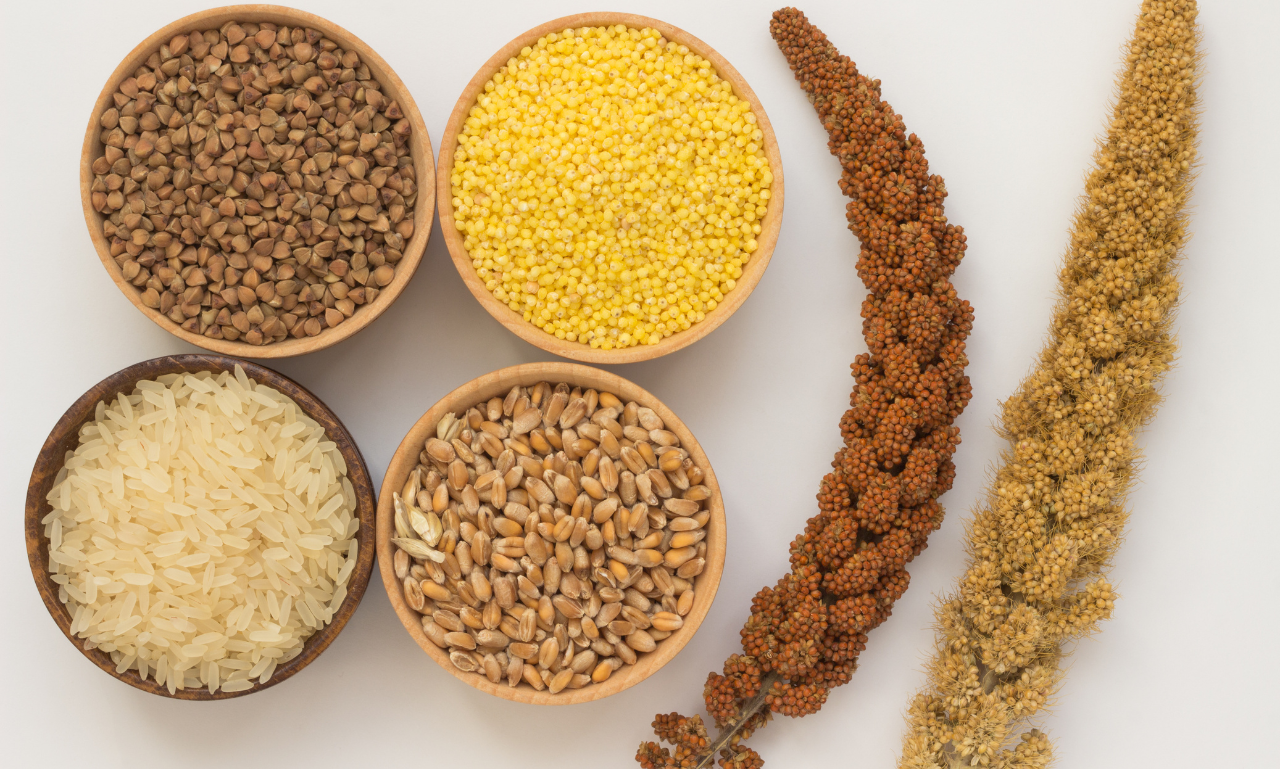Millet grinding is an essential process that needs to be done correctly to achieve the perfect millet flour. Millet grinding is a gluten-free grain that has been consumed for thousands of years. It’s a staple in many cultures and known for its versatility and nutritional value. Millet flour is a great alternative to wheat flour for those with gluten allergies or sensitivities. Here are five secrets to perfect millet grinding.
Here are the 5 Secrets to the Perfect Millet Grinding:

Secret #1: Choose the Right Millet
The first secret to perfect millet grinding is to choose the right millet. There are several types of millet available, and each one has its unique properties. Some common types of millet include finger millet, pearl millet, foxtail millet, and proso millet. Each type of millet has unique characteristics that make it suitable for different purposes. For example, finger millet is often used to make porridge, while pearl millet is commonly used to make flatbreads. Choose the right type of millet to achieve the perfect millet flour based on your needs.
Secret #2: Clean the Millet
The second secret to perfect millet grinding is to clean the millet properly. Millets can contain dirt, debris, or other unwanted particles that can affect the quality of the flour. To ensure that your millet flour is of high quality, you need to clean the millet thoroughly. The best way to do this is to spread the millet on a clean surface and remove any visible debris. You can also use a sieve or a colander to remove smaller particles. After cleaning the millet, rinse it with water and dry it before grinding.
Secret #3: Use the Right Equipment
The third secret to perfect millet grinding is to use the right equipment. Millet grinding requires a specific type of equipment that is designed for grinding millet grains into flour. The most common types of equipment used for millet grinding include stone mills, burr mills, and hammer mills. Stone mills use stones to grind the millet, while burr mills use two abrasive surfaces that spin around each other. On the other hand, Hammer mills use hammers or blades to crush the millet grains. The type of equipment you choose will depend on your needs, budget, and the quantity of millet you need to grind.
Secret #4: Grind the Millet Correctly
The fourth secret to perfect millet grinding is to grind the millet correctly. Millet grinding requires a specific technique to achieve the perfect flour. The first step is to adjust the equipment to the desired level of fineness. If you want fine flour, adjust the equipment to a lower setting. If you want coarse flour, adjust the equipment to a higher setting. The next step is adding the millet to the equipment and grinding. It would be best to grind the millet in small batches to ensure it grinds evenly. It’s also essential to monitor the grinding process to ensure that the millet doesn’t overheat, which can affect the quality of the flour.
Secret #5: Store the Millet Flour Properly
The fifth secret to perfect millet grinding is storing the flour properly. Millet flour is sensitive to moisture and can spoil quickly if not stored correctly. Store your millet flour in an airtight container in a cool, dry place to ensure that it stays fresh and of high quality. It would help to label the container with the grinding date to keep track of its freshness. Using the millet flour within a reasonable time frame is also essential to ensure it doesn’t spoil.
Nutrition of millet flour:
Millet flour is also healthy. One 100 grams contains 22 percent of the Daily Value (DV) for iron and B vitamins, which are essential for maintaining energy levels. Besides antioxidants, whole grain is a good source of minerals, including magnesium, manganese, phosphorus, copper, zinc, and potassium.
The nutritional value of 100 g of millet flour is as follows.
Significant health benefits of millet flour:
Millet’s purported health advantages originate mostly from its qualities as a whole grain, not from millet alone. For instance, as a whole grain, it could provide the health advantages often associated with that food group. Also, it has fiber, which might mean it provides the health advantages associated with eating more fiber. So, millet provides certain health advantages, such as decreased cholesterol or blood pressure, due to the nutrients in the grain, even if it is not directly connected to these effects.
Please keep in mind that this depends on how often you consume it. Millet grain is more likely to be eaten than millet flour.
How to use millet Flour?
Millet flour is mild and somewhat sweet. While it may be used instead of all-purpose flour in most recipes, it is often mixed with other flour, such as rice or sorghum. Millet flour may be used to make a wide range of baked items, from pancakes and bread to cookies, brownies, and cakes. It’s great for replacing regular flour in savory dishes like pizza crusts, vegetable fritters, or vegan casseroles and stews.
Conclusion
In conclusion, millet grinding is an essential process that requires attention to detail to achieve the perfect flour. Choosing the right millet, cleaning it properly, using the right equipment, grinding it correctly, and storing it properly are the five secrets to perfect millet grinding. By following these secrets, you can ensure that your millet flour is high quality, fresh, and suitable for your needs.
FAQs
Here are some frequently asked questions about millet grinding:
1. Is it necessary to clean the millet before grinding?
Yes, cleaning the millet before grinding is essential to remove any dirt, debris, or unwanted particles that can affect the quality of the flour.
2. What type of equipment is best for millet grinding?
The type of equipment you choose will depend on your needs, budget, and the quantity of millet you need to grind. Stone mills, burr mills, and hammer mills are the most common types of equipment used for millet grinding.
3. How do I store millet flour?
To store millet flour, keep it in an airtight container in a cool, dry place. Labeling the container with the grinding date would be best to keep track of its freshness.
4. How long does millet flour last?
Millet flour can last for up to six months if stored correctly. However, using it within a reasonable time frame is best to ensure it doesn’t spoil. Visit us for more details.













